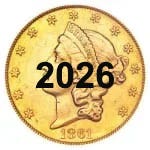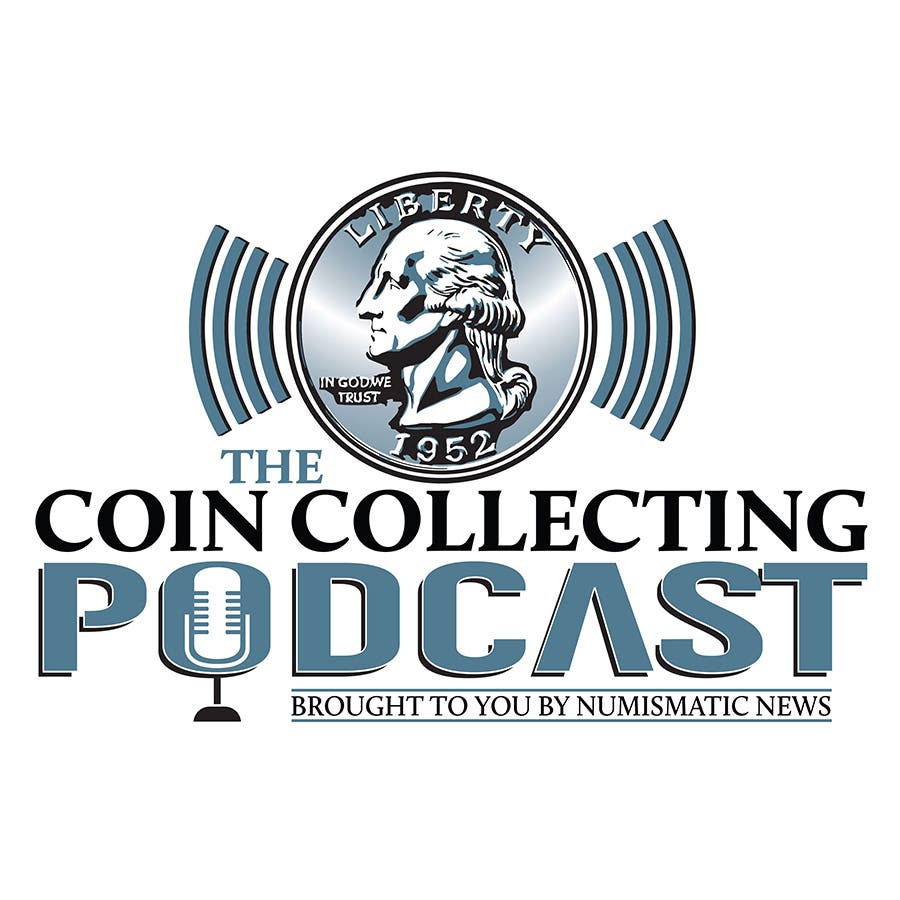The finest known example of an 1829 half dime variety was discovered in a submission to Numismatic Guaranty Corp., reports David W. Lange, NGC research director.
“A recent grading submission to Numismatic Guaranty Corp. included a mix of miscellaneous gold and silver coins, one of which was an 1829 half dime for which the submitter requested VarietyPlus attribution,” Lange wrote.
“It took just a moment or two to identify its obverse by the distinctly repunched top to numeral ‘1’ in its date. Obverse 4 in Federal Half Dimes 1792-1837, by Russell J. Logan and John W. McCloskey, this die is known in various states and paired with no less than six reverse dies. Only a couple minutes more were spent in determining which die pairing was involved, as the reverse die bears distinctive pitting on the underside of the banner carrying the Latin motto – LM-18 it is. That’s where things got really fun.”
Lange explained, “The vast majority of half dime attributions made at NGC turn out to be common varieties. This is true because submitters tend to seek attribution for high grade coins alone, the ones most likely to be of common varieties (when rare varieties are knowingly submitted they often fail to qualify for numeric grading, and coins given Details Grading alone don’t appear in our census).
“As this coin had already been graded MS-64 by the first NGC grader who had seen it, I was expecting yet another type coin issue. Instead, I was pleased at just how scarce this variety is in high grades. The Logan/McCloskey reference implies that the finest known is an About Uncirculated coin seen in a 1991 auction. Since their book was published more than 10 years ago, could it be possible that this information was obsolete?
“I then started reading backwards in past issues of The John Reich Journal until I found what I was seeking – the most recent survey of notable half dime collections (May 2008). Here was confirmation of this R-5 variety’s rarity in high grades – the best coins known among the top collections were three entries grading AU-58. As soon as this newly discovered specimen was finalized and encapsulated by NGC as MS-64, I notified the delighted owner, who was unaware of its significance,” Lange concluded.









